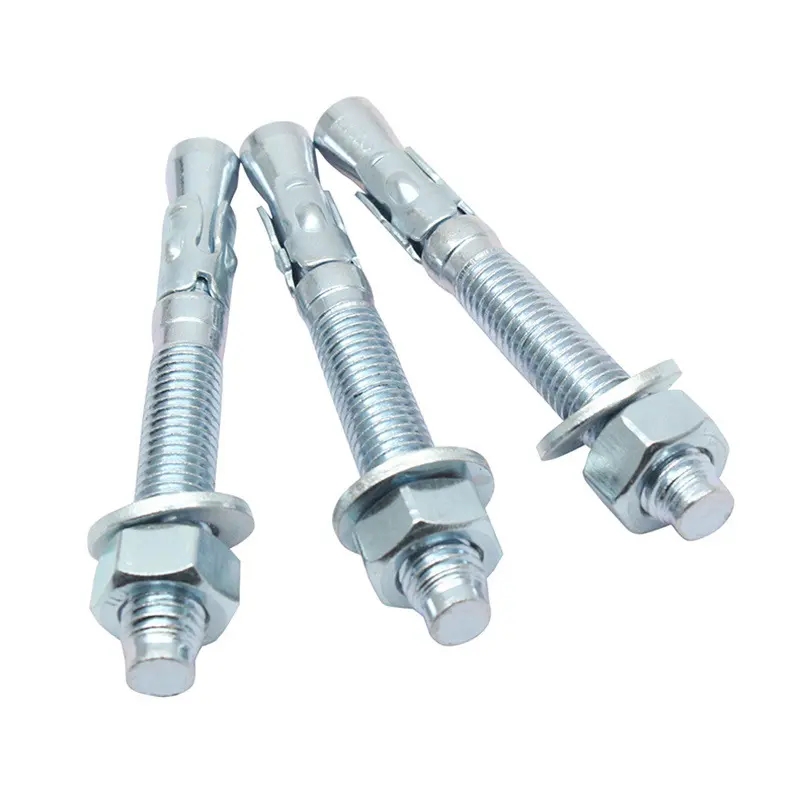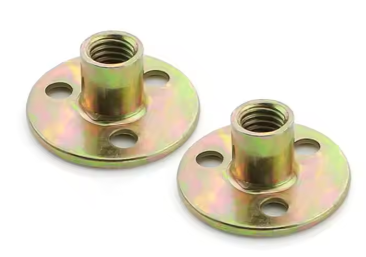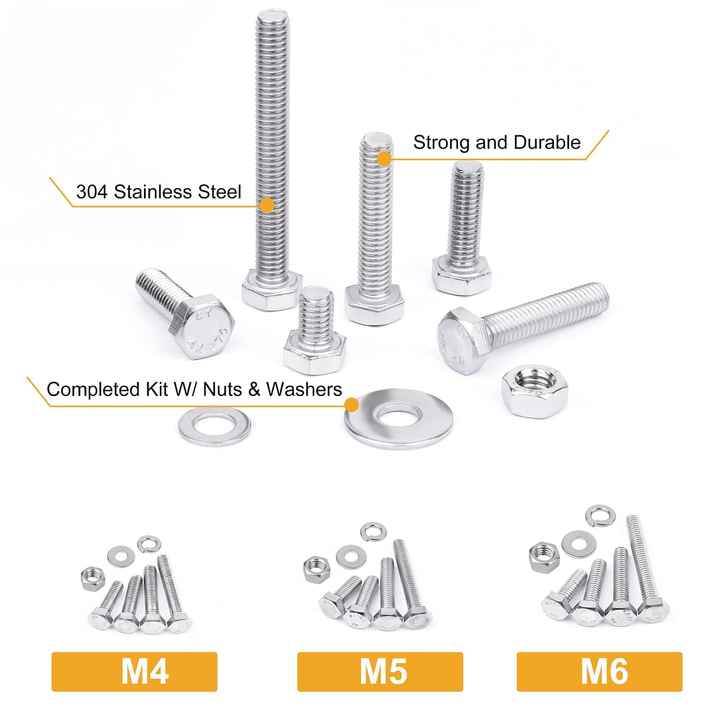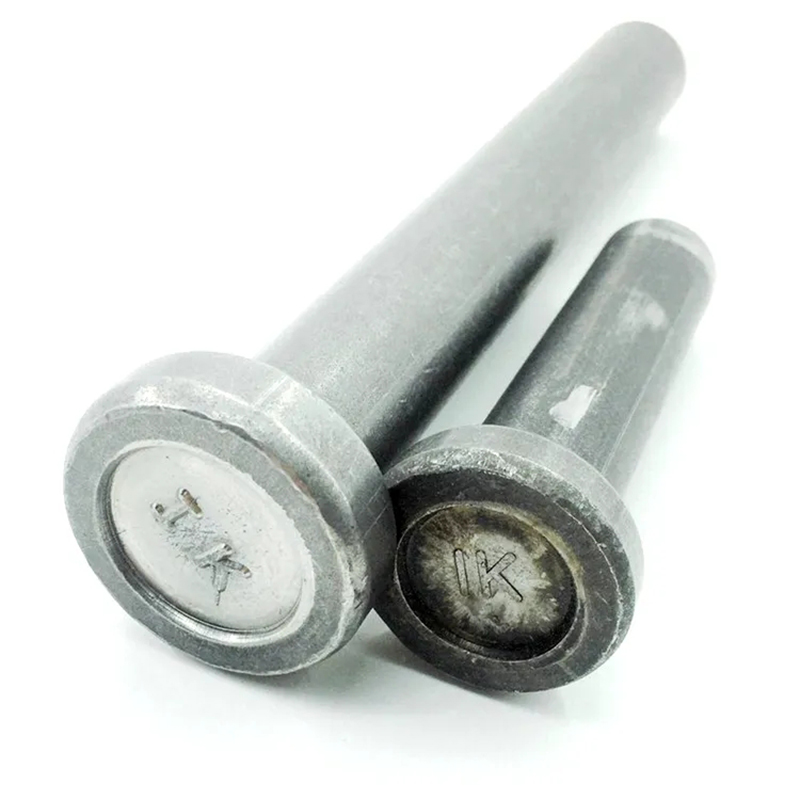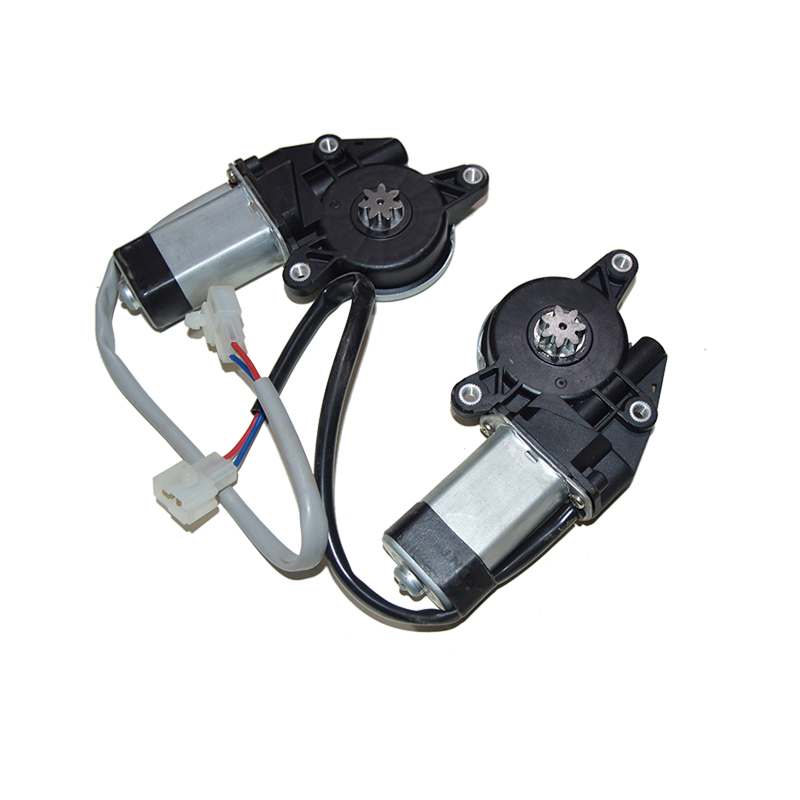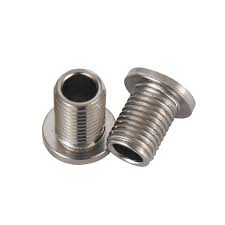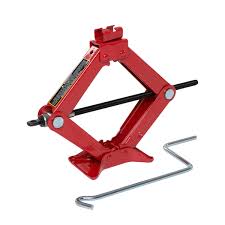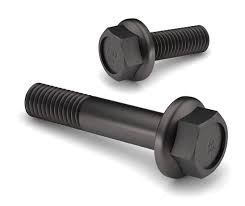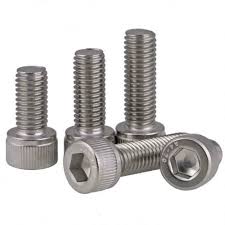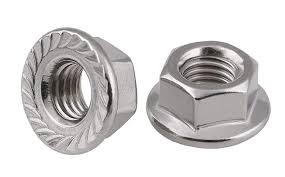

This comprehensive guide explores the world of threaded eye bolts, covering their types, applications, selection criteria, and safety considerations. Learn how to choose the perfect threaded eye bolt for your specific needs, ensuring both functionality and safety. We'll delve into material specifications, load capacities, and best practices for installation and use. Whether you're a seasoned professional or a DIY enthusiast, this guide will equip you with the knowledge to confidently select and utilize threaded eye bolts for a variety of projects.
Threaded eye bolts are available in various materials, each with its own strengths and weaknesses. Common materials include steel (carbon steel, stainless steel), brass, and aluminum. Steel threaded eye bolts offer high strength and durability, making them suitable for heavy-duty applications. Stainless steel provides superior corrosion resistance, ideal for outdoor or marine environments. Brass and aluminum offer lighter weight options, suitable for less demanding applications. The choice of material depends heavily on the intended application and environmental conditions. For example, a project requiring high tensile strength would likely benefit from a high-grade steel threaded eye bolt, while one in a corrosive environment might necessitate a stainless steel option. Always check the manufacturer's specifications for precise material properties.
Different threaded eye bolts have different eye shapes and sizes. Common eye styles include round eyes, oblong eyes, and swivel eyes. Round eye threaded eye bolts are the most common and offer good versatility. Oblong eyes provide a larger load-bearing surface area. Swivel eye threaded eye bolts allow for adjustable orientation, making them useful in situations where the load angle might vary. Consider the type of load and its orientation when selecting the appropriate eye style.
Threaded eye bolts are available in a range of thread types and sizes. The thread type determines the compatibility with different nuts and fasteners. Common thread types include metric and UNC (Unified National Coarse). The size of the threaded eye bolt is crucial and directly influences its load-bearing capacity. Always select a threaded eye bolt with a size and thread type appropriate for your application. Incorrectly sizing a threaded eye bolt can lead to failure and potential injury.
Choosing the appropriate threaded eye bolt requires careful consideration of several factors. The following table summarizes key selection criteria:
| Criterion | Considerations |
|---|---|
| Load Capacity | Determine the maximum load the threaded eye bolt will need to support. Always select a threaded eye bolt with a significantly higher working load limit (WLL) than the anticipated load to ensure safety. |
| Material | Consider the environmental conditions (e.g., corrosion, temperature) and select a material with appropriate properties. Stainless steel is ideal for corrosive environments. |
| Thread Type and Size | Ensure compatibility with your existing hardware and select an appropriate size based on load capacity requirements. |
| Eye Style | Choose an eye style appropriate for the load orientation (e.g., round, oblong, swivel). |
Always inspect threaded eye bolts before use for any signs of damage or wear. Never exceed the manufacturer's specified working load limit (WLL). Use appropriate safety equipment during installation and operation. Regular inspection and maintenance are crucial to prevent accidents. Improper use of threaded eye bolts can lead to serious injury or damage.
For high-quality threaded eye bolts and other fasteners, consider exploring the options available at Hebei Dewell Metal Products Co., LTD. They offer a wide range of products to meet diverse needs.
Remember to always consult relevant safety regulations and industry standards when working with threaded eye bolts. Safe practices are paramount to ensuring successful and hazard-free projects.


